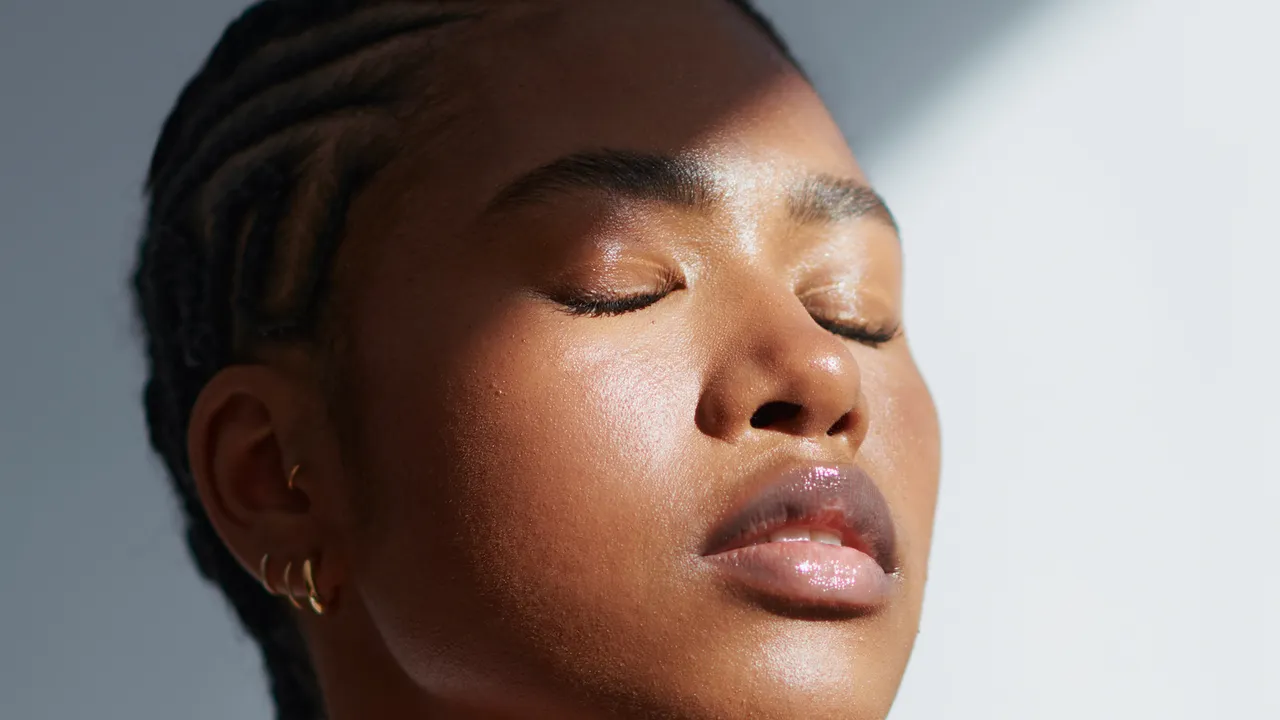Retinol speeds up cell turnover, which can cause peeling and redness during the initial bedding-in stage, but it is a proven aid for severe acne.
There is a compromise, though. Dr. Ejikeme believes that azelaic acid partners well with retinoids when used at different times of day: azelaic acid as a serum in the morning and a retinoid cream at night. It’s important to note, however, that everyone’s skin is different. It’s always best to consult your dermatologist, who may recommend a stronger skin care acid or more potent topical treatment.
How does azelaic acid compare to salicylic acid?
According to Dr. Bunting, azelaic acid and salicylic acid are both excellent for treating acne-prone skin. In fact, she encourages her patients to use them in tandem. She recommends salicylic acid at 2% for those with very oily skin and angry breakouts. Once a patient is out of the acute acne phase and their skin is looking better, she suggests they switch to azelaic acid for “future preventative action.”
What side effects might result from using azelaic acid?
“Of all the acids, azelaic acid is usually well tolerated with minimal side effects,” Dr. Ejikeme says. However, as with any exfoliating ingredient, there is the chance that skin could flare up and become red. “When starting an acid, I usually recommend you go slow and only start one active at a time to prevent irritation to the skin,” she says.
And finally, while SPF should already be an integral part of our everyday skincare regime, Dr. Ejikeme explains that it’s even more important to diligently apply it when using azelaic acid. “All acids can make skin more sensitive to the sun,” she says.
8 best azelaic acid products for calmer, brighter skin
Prepare for skin with clearer pores and a more radiant gleam with this supercharged blend of salicylic acid, azelaic acid, and barrier-boosting ceramides.
Salicylic acid and liquorice join forces with azelaic acid to unclog pores and boost brightness.
With a high percentage of azelaic acid at a low price, this gel-cream is a good introductory product. It does, however, contain silicone, so if blocked pores and congestion are an issue, this may not be the right formula for you.
This moisturizer is pricey, but the formula, which includes 3% azelaic acid, arbutin, niacinamide, and hydrating squalane, is great for dealing with post-inflammatory hyperpigmentation, especially in dark skin tones.
Created with rosacea in mind, this fast-absorbing serum delivers a combination of anti-inflammatory azelaic acid to dial down redness and a green-tinted formula to help mask flushed skin.
A double threat of azelaic acid and zinc PCA protects against spot-forming bacteria and balances oil levels.
Algenist’s team of scientists has harnessed the power of a 100% pure, algae-derived vitamin C to join azelaic acid in creating a more even skin tone.
A hit with social media’s skin-fluencers, use this blend of salicylic, mandelic, and azelaic acids to decongest your skin. Hyaluronic acid also swoops in to replace lost moisture and plump up fine lines.
By Lottie Winter , Fiona Embleton
Source link










